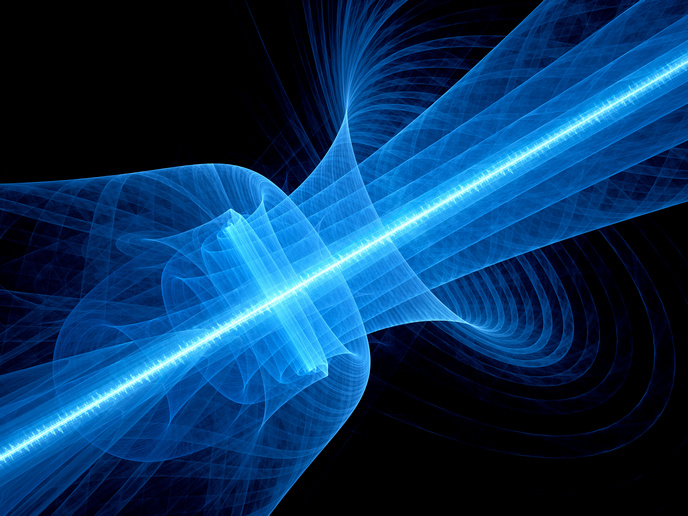Potential hydrogen-based superconductors identified
Superconductivity is a fascinating phenomenon that occurs in certain materials. When cooled below a given temperature, these materials lose all electrical resistance, becoming perfect conductors. “This makes them ideal materials for a range of electromagnetic applications,” explains SuperH project coordinator Ion Errea(opens in new window) from the University of the Basque Country(opens in new window). “These include for example, electric engines, power generators, nuclear resonance machines, and sensors.”
Potential of hydrogen-based materials
A key challenge however is that this critical temperature is usually extremely low – in the order of a few kelvin. This has limited the practical application of superconductors. The SuperH project, supported by the European Research Council(opens in new window), sought to address this challenge by investigating the potential of hydrogen-based materials. This work built on recent predictions that these materials can superconduct at higher temperatures. “We wanted to investigate whether there are materials in the hydrogen-based family that are indeed high-temperature superconductors that operate at the pressure of the surrounding air, ambient air” says Errea.
Novel first-principles calculations
To understand whether high-temperature superconductivity is possible in hydrogen-based superconductors at low, even ambient, pressure, the team first set out to better understand when and why these materials reach high critical temperatures. Next, the team wanted to develop new theoretical tools to identify viable compounds, and to accurately calculate their critical temperatures. “We used theoretical first-principles calculations to both understand and characterise hydrogen-based materials and to predict new superconductors,” adds Errea. First-principles calculations involve breaking down complex problems to their foundational assumptions and then reasoning from those core principles. “However, materials containing large amounts of hydrogen are impacted by quantum fluctuations. First-principles theoretical methods at the beginning of the project were not ready to include these quantum effects, to predict thermodynamic stability or calculate superconducting critical temperatures.” Errea and his team therefore developed novel first-principles methods to address this challenge. These were then used to characterise compounds and predict new hydrogen-based superconductors.
New research opportunities in superconductivity
This work has resulted in a number of breakthroughs. For example, Errea and his team were able to deduce that hydrogen-based superconductors acquire a high critical temperature when they create bonding networks with localised electrons. “This helped to guide us in the quest for new materials,” he says. “We were also able to understand that hydrogen quantum fluctuations are good for superconductivity in these compounds. They help to stabilise thermodynamically and dynamically high-critical temperature compounds at much lower pressures than expected.” With this knowledge and the novel methods developed, the SuperH project has been able to predict a number of new materials, for example RbPH3. “According to our calculations, this can be synthesised at a pressure of 30 GPa (a very high pressure) and remains stable down to ambient pressure with a critical temperature of approximately 100 kelvin.” What this shows is that high critical temperature hydrogen-based superconductors can exist at ambient pressure. This opens new avenues in the broad field of superconductivity, and new hopes for discovering interesting new superconductors that improve on existing ones. “The challenge now is to collaborate with experimental researchers to help them synthesise our new predictions, for instance RbPH3,” notes Errea. “In the meantime, we will continue with more predictions of similar materials.”





